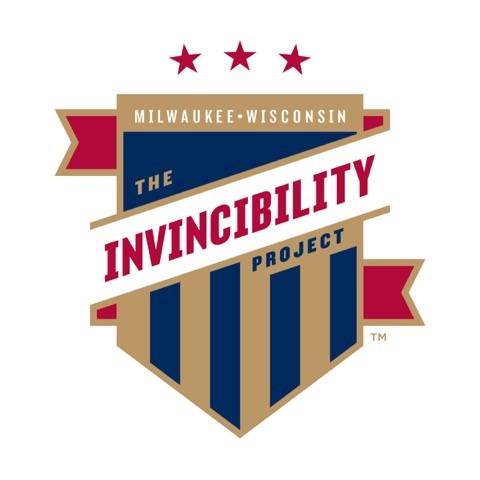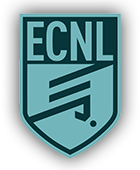Returning to Play After Injury - Avoid These Mistakes!
Returning to Play After Injury - Common Errors to Avoid
Returning to the soccer field after an injury can be very difficult, especially at a high level of play, and especially with certain injuries or long-term injuries. Returning to play from every injury is different based on the injury and individual considerations. Below are some common errors made in the return to play process that often cause re-injury, reduced performance, or a longer recovery time:
- Too Much Training Too Soon. Many times players go from passive rest to full participation without a guided reintroduction to soccer training and competition. The use of training load (TL) monitoring allows coaches and therapists to carefully build a bridge from typical therapeutic exercise eventually to full soccer training, in a progressive, step-by-step process. Failing to use TL monitoring leaves too much guess-work in the process and opens the door for re-injury.
- Low Volume but High Demand Training Too Soon. A perfect example is the typical recommendation to return to small sided, non-contact games after a prolonged injury, for example, an ACL reconstruction. Small-sided games can actually be the most demanding type of practice relative to the amount of changes of direction, accelerations, decelerations, etc. These activities are hugely demanding on muscles, and the speed of play is also very high and can be difficult to achieve after having been out for a while. As the majority of ACL tears occur in non-contact changes of direction we should reconsider putting players right back into the prime environment (small-sided games) in which they can re-tear upon returning to the field. Returning players to bigger games, 8v8 and larger, as a ‘plus’ player is one example of better re-integration to the field of play.
- Returning to Training While De-Conditioned. Fatigue - both physical and brain - is a large driver to injury. Oftentimes, treating one injury leads to problems in other areas becaue players are not encouraged to maintain an appropriate level of basic conditioning while injured. A good example is prolonged immobilization (ankle sprain, fracture, etc) to allow for tissue healing, without guidance as to how to maintain trunk, core and leg strength or other types of physical endurance. By the time the injured tissue has healed, the player often has become significantly weaker in many other areas and has a low level of fitness. Restoring strength and base fitness takes a much longer time - and a player anxious to return to the field who does so without this strength and base fitness has both a far lower quality of play and a significantly elevated injury risk.
- Forgetting the Ball! Many rehab environments are very generic and do not include the ball at appropriate stages. Good soccer specific rehab will encourage use of the ball and real functional movements however and whenever possible. Rehab exercises that are preformed while lying down, or that are too isolated from soccer, (at the appropriate stage), create a larger gap between injury and returning to play, or create a less effective re-integration to play. Moving with a ball (or in reaction to a ball) is significantly different than moving without a ball - and return to pay and proper movement mechanics must be included in the return to play process!




